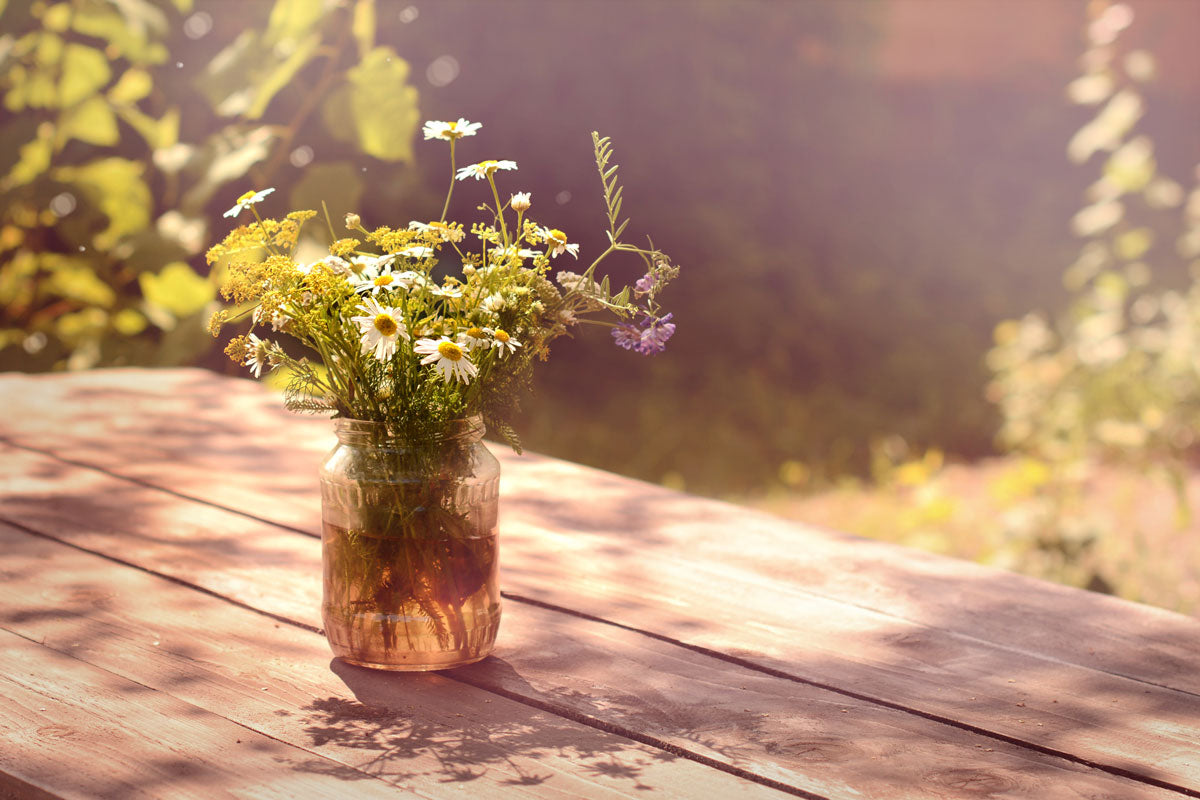By knocking on wood we seek to push misfortune away and attract good luck, and this has been done since ancient times, when the belief was that trunks (especially oaks) were home to gods, and thus being near them brought protection.
This noble and natural material provides warmth and tranquility for our senses; in addition to being visually attractive, it gives us a nice sensation thanks to its thermal features, always having the perfect temperature; and its smell, even though it varies from one species to another, usually seduces our sense of smell.
Yet we have to choose well the kind of wood we intend to use for each project to make sure that we make the most out of all those qualities. And, even though the best selection will depend on different factors, like durability, weight, stability, and required strength, as well as the price we are willing to pay; the essential thing to know is that woods divide into two groups, according to their properties: soft and hard.
Soft woods come from trees whose growing periods are short, which makes them lighter (they are easier to work with) and have lower prices. The fact that they are called soft does not entail that they are fragile, but ductile.

Some of them are: fir tree, with its beige hue, very resistant and with great elasticity, reason why it is employed for musical instruments, packaging, and wall and ceiling cladding. Red cedar is durable and fungi and insect resistant, perfect for building houses, roof tiles, and furniture lining. And pine tree with its cream hue, uniform texture, and easy to handle, is very commonly used for carpentry, in the construction of panels, furniture, and moldings, it can also be painted easily, so any color can be given to it.
Hard woods come from trees whose growth is slow, they are more resistant and have irregularities (they are harder to work with) and thus their price is higher when compared to soft ones.
Some examples are reddish mahogany, with high resistance, density, and durability, so it is an excellent choice for places with high humidity and for the construction of elaborate furniture. Pink brownish cherry is resistant and has a high bending capacity, perfect for furniture and cladding. Walnut wood is dark brown colored and has medium density, it is the perfect material for working rounded items, like some pieces of furniture, cabinets, ornaments, and doors. Olive wood and its pronounced irregular grains, compact composition and high resistance, is perfect for decorative works. Oak wood and its yellowish pale colors, with great bending and durability, accepts any kind of finish, ideal for flooring, furniture, and interior cladding. And multi-colored teak, a tropical wood very resistant to moist, fungi, and termites, which makes it perfect for exteriors and humid places.

In summary, and adding some other woods, in order to create affordable furniture it is best to use pine or beech wood: fir, oak or cherry wood for wall and ceiling cladding; cedar or mahogany to build a perfect house in the forest; mahogany, chestnut, or oak for fine pieces of furniture made by woodworkers, walnut if our design has curves; oak, Chechen or chakte viga for flooring; olive, tzalam or parota wood to show off grain; teak, maple, or birch wood for bathrooms and kitchens; and for furniture and exterior structures, teak and fir wood.
We cannot forget that this is a natural element and should be treated cautiously, always making sure that they are certified woods.

And to finish, here is Francisco José Cruz’s poem, The Table, which sums up what this material is:
Si una cosa de las que tiene enfrente
le dijera que siempre no fue mesa,
que sus patas fueron raíces
-aunque las tenga lisas torneadas-
lo negaría con todos sus clavos,
barnices y molduras a pesar
de las vetas o venas que la cruzan.
Nunca ha echado de menos una rama
flexible, acogedora. Sin embargo,
siempre dispuesta todo lo recibe
sin quejarse del peso ni del roce.
Necesita sentir encima cosas
como si fueran pájaros dormidos.


